Automation Trend: How to Connect Ribbon Slitting Machine to Intelligent Production Line?
In the context of Industry 4.0 and intelligent manufacturing, the automation upgrade of ribbon slitting machine is a key link to improve production efficiency and reduce manual intervention. The following is the core scheme and trend analysis of the connection between the ribbon slitting machine and the intelligent production line:
1. Intelligent ribbon slitting machine upgrade
(1) Automation transformation of the equipment layer
• High-precision servo system
The servo motor is used to drive the slitting knife shaft and the rewinding and unwinding reel shaft to achieve a slitting accuracy of ±0.02mm (suitable for high value-added materials such as ribbons).
• Dynamic tension control
Through the magnetic particle brake or closed-loop tension sensor, the tension can be adjusted in real time (such as 0.5~5N adjustable) to avoid material stretching or wrinkling.
• Visual inspection systems
The integrated CCD camera can automatically detect ribbon edge defects (such as burrs and stains) and mark defective segments, improving the slitting yield to more than 99.5%.
(2) Standardized interface docking
• Industrial communication protocols
It supports PROFINET, EtherCAT and other protocols, seamlessly connects with PLC/MES systems, and transmits slitting parameters (speed, width, tension, etc.) in real time.
• OPC UA compatibility
Realize the data exchange of cross-brand equipment to meet the heterogeneous system integration requirements of smart factories.
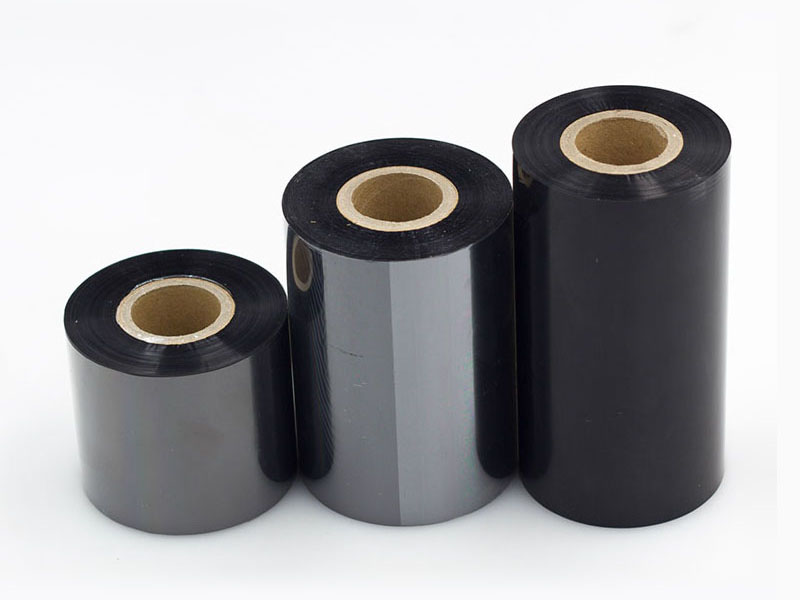
2. Collaborative solution with intelligent production line
(1) Data flow integration
• Real-time data monitoring
The slitter uploads the output, fault codes, and process parameters to the MES system to generate a visual kanban (such as OEE equipment overall effectiveness analysis).
• Dynamic scheduling linkage
MES automatically adjusts the production plan according to the state of the slitter (such as tool change cycle, remaining coil length), reducing the changeover time by more than 30%.
(2) Automated logistics connection
• AGV/manipulator docking
The slitted ribbon rolls are identified by QR code/RFID and automatically transferred by AGV to the next process (such as labeling and packaging).
• Smart warehousing integration
The slitting specifications are linked with the WMS system to achieve automatic warehousing and on-demand warehousing (such as the "slitting first, first use" strategy).
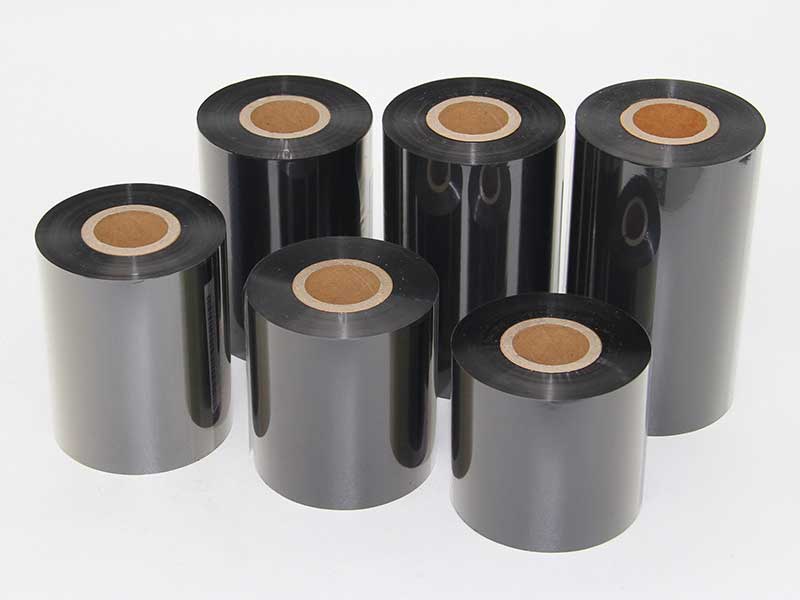
3. Application cases of cutting-edge technology
• Digital Twin
A Japanese ribbon factory optimizes slitting parameters through virtual simulation, reducing equipment commissioning time by 50%.
• AI predictive maintenance
Based on vibration sensors and machine learning algorithms, it provides early warning of tool shaft wear (accuracy rate ≥ 92%) and reduces unplanned downtime.
• Low-code operations
Workers obtained instructions on the operation of the slitter through AR glasses, and the training period was shortened from 2 weeks to 3 days.
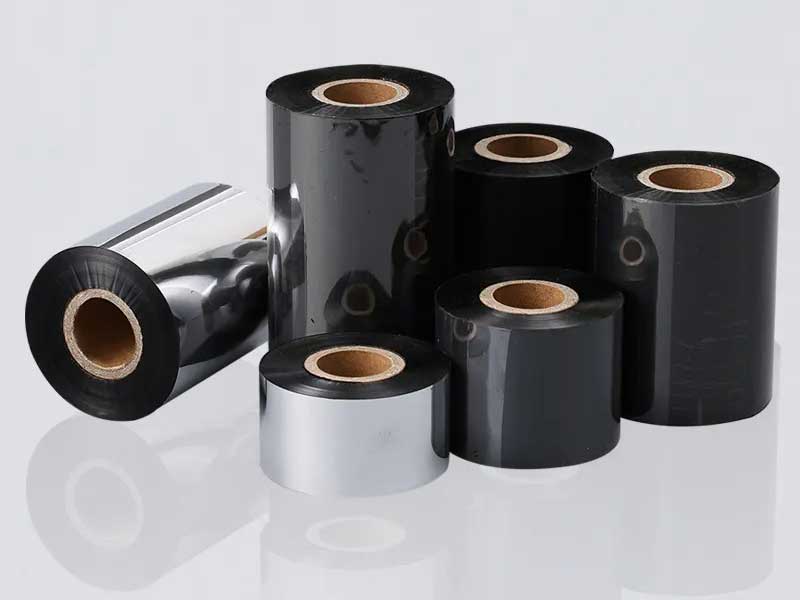
4. Implementation benefits
| index | Traditional slitting machine | After intelligent docking | Lift |
| Capacity per capita | 200 volumes/class | 450 volumes/class | 125% |
| Defective product rate | 1.2% | 0.3% | 75%↓ |
| Energy efficiency | 65% | 82% | 17%↑ |
Industry Challenges and Solutions
• Challenge 1: Retrofit old equipment
Solution: Install an IoT edge gateway (such as Siemens MindConnect) to migrate data collection to the cloud.
• Challenge 2: Ribbon material diversity
Solution: Develop adaptive algorithms to automatically match the slitting parameters of different materials such as PET and wax base.
epilogue
The intelligence of the ribbon slitting machine is not only a stand-alone upgrade, but also a data-driven reconstruction of the production process. In the future, the trend will be to develop to an "unmanned slitting workshop", combining 5G and cloud AI to further optimize the efficiency of the whole link. Enterprises need to choose a phased implementation plan based on their own digital foundation.
Recent Post
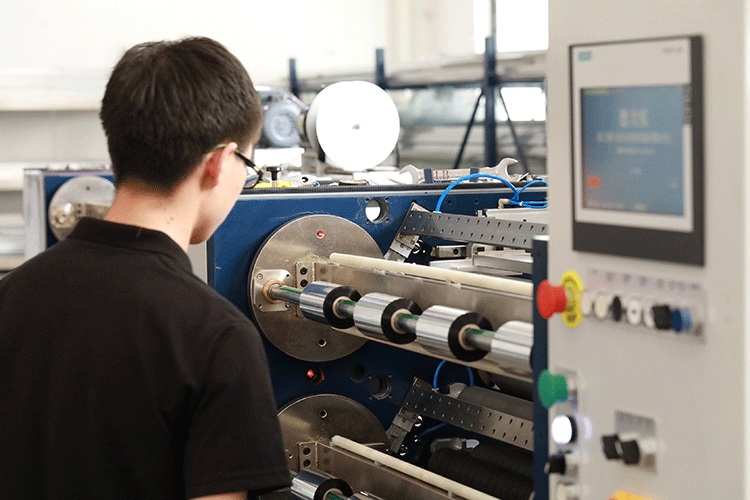 One-button operation: How can ribbon slitter simplify the production process?
One-button operation: How can ribbon slitter simplify the production process?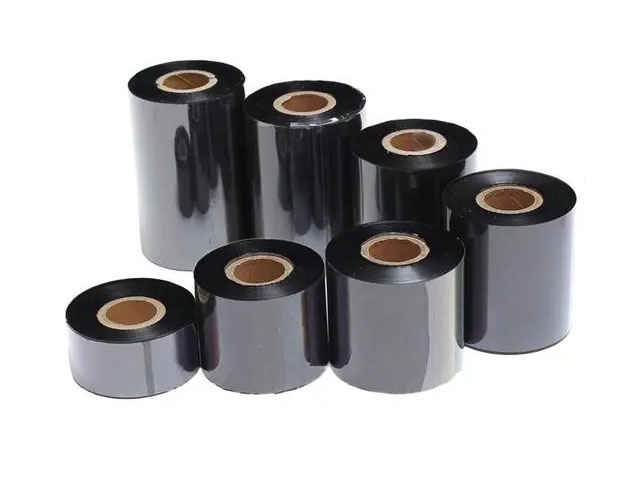 Why Choose Automatic Ribbon Slitting Machine? Precision, speed and stability
Why Choose Automatic Ribbon Slitting Machine? Precision, speed and stability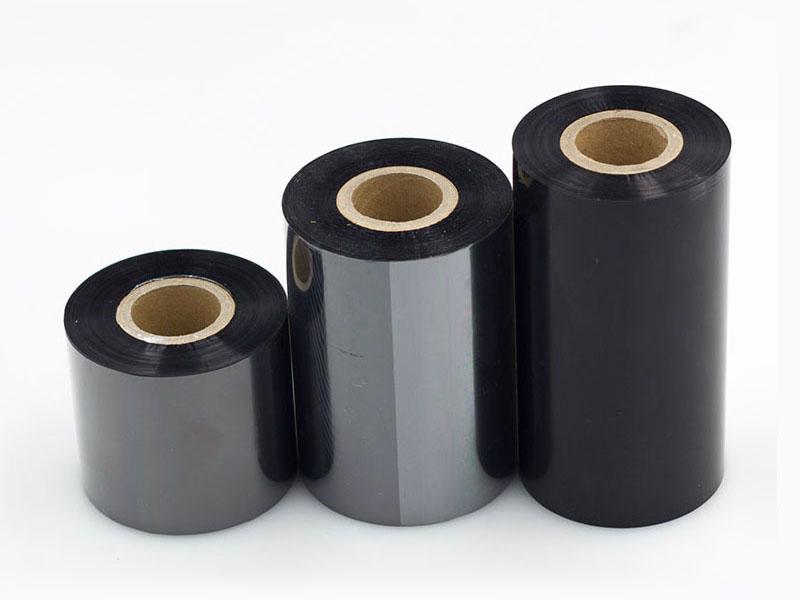 Customized slitting solutions: How can ribbon slitting machines meet the needs of different industries?
Customized slitting solutions: How can ribbon slitting machines meet the needs of different industries?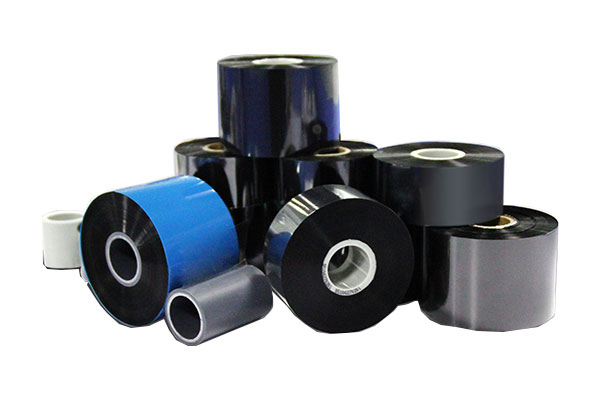 How does the ribbon slitting machine achieve micron slitting? Key technologies are all revealed
How does the ribbon slitting machine achieve micron slitting? Key technologies are all revealed
Related Product
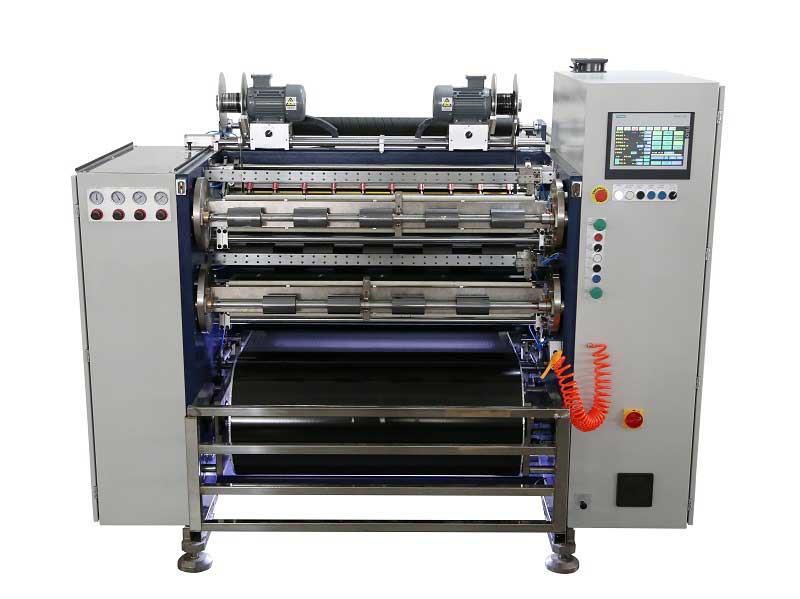 Automatic Thermal Transfer Ribbon Slitting Machine RSDS8 H PLUS
Automatic Thermal Transfer Ribbon Slitting Machine RSDS8 H PLUS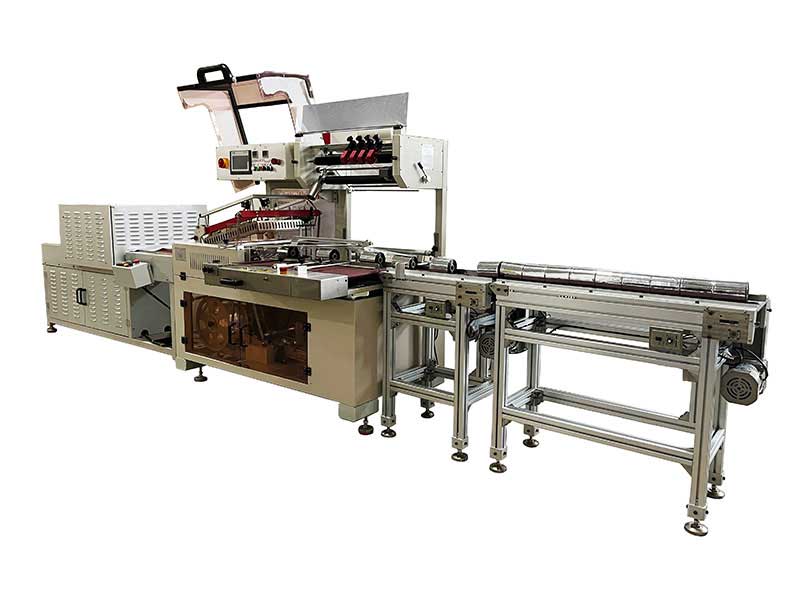 Thermal Transfer Ribbons Packaging Machine
Thermal Transfer Ribbons Packaging Machine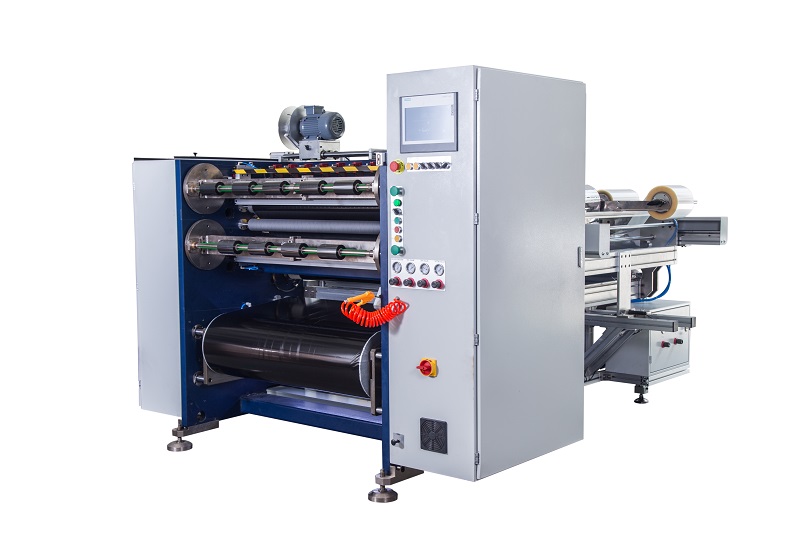 Semi Automatic Thermal Transfer Ribbon Slitting Machine RSDS5 PLUS
Semi Automatic Thermal Transfer Ribbon Slitting Machine RSDS5 PLUS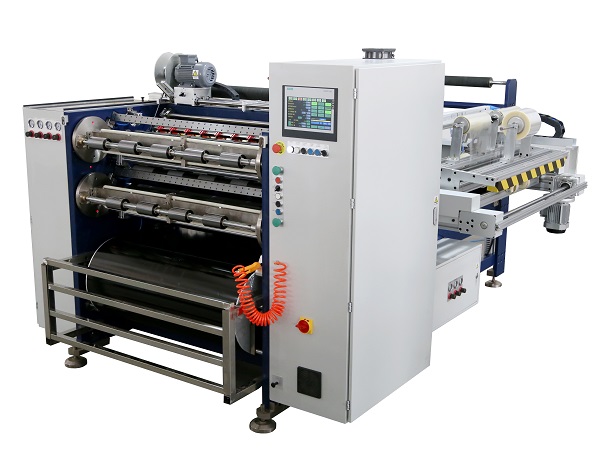 Automatic Thermal Transfer Ribbon Slitting Machine RSDS8 PLUS
Automatic Thermal Transfer Ribbon Slitting Machine RSDS8 PLUS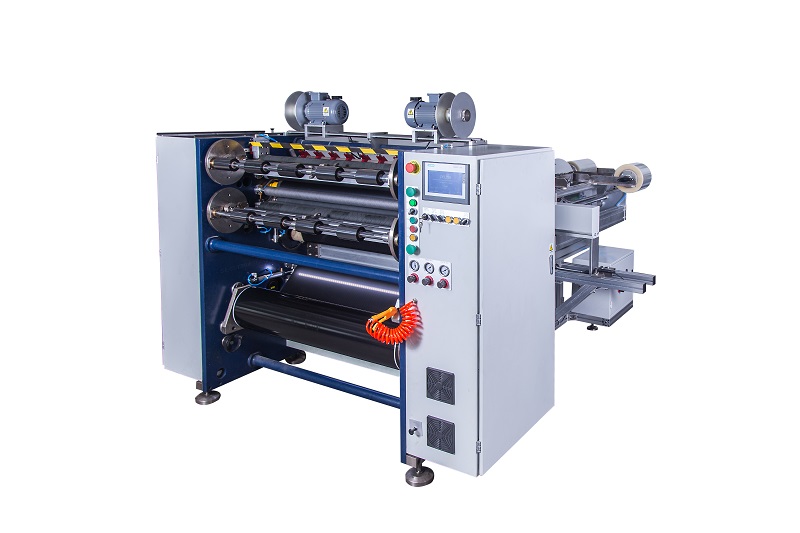 Semi Automatic Thermal Transfer Ribbon Slitting Machine RSDS1 PLUS
Semi Automatic Thermal Transfer Ribbon Slitting Machine RSDS1 PLUS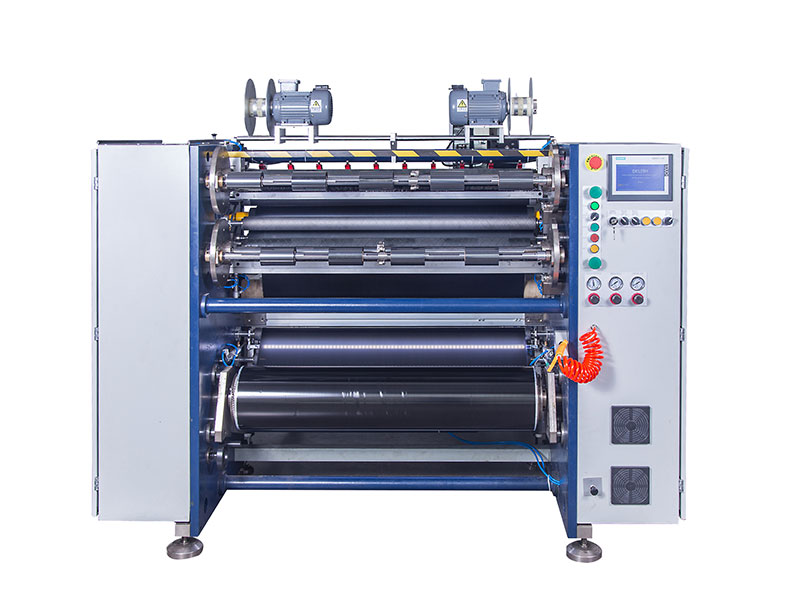 Ribbon Slitting Machine
Ribbon Slitting Machine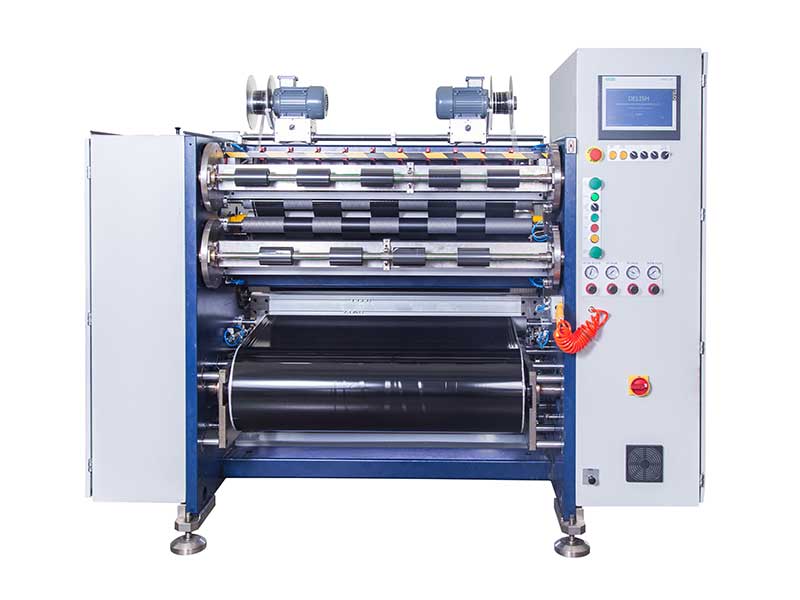 TTR Slitting Machine
TTR Slitting Machine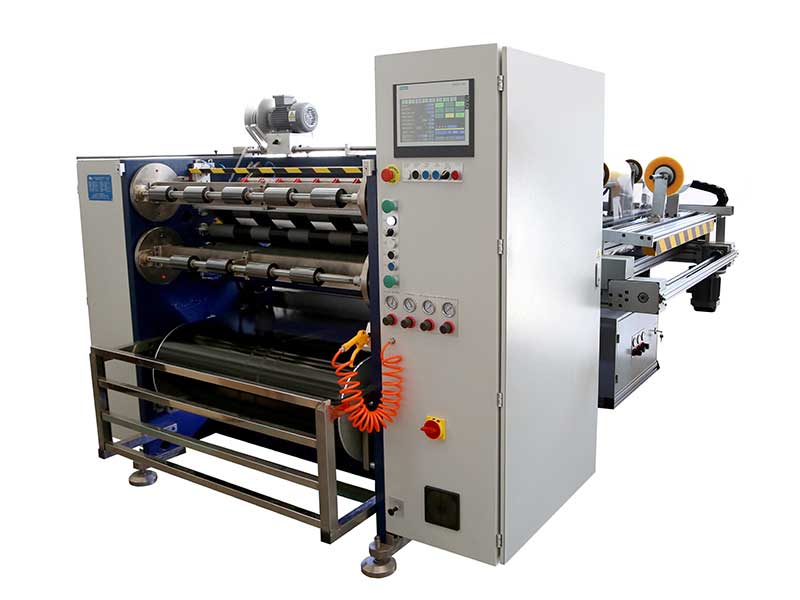 Automatic Thermal Transfer Ribbon Slitting Machine RSDS6 PLUS
Automatic Thermal Transfer Ribbon Slitting Machine RSDS6 PLUS


